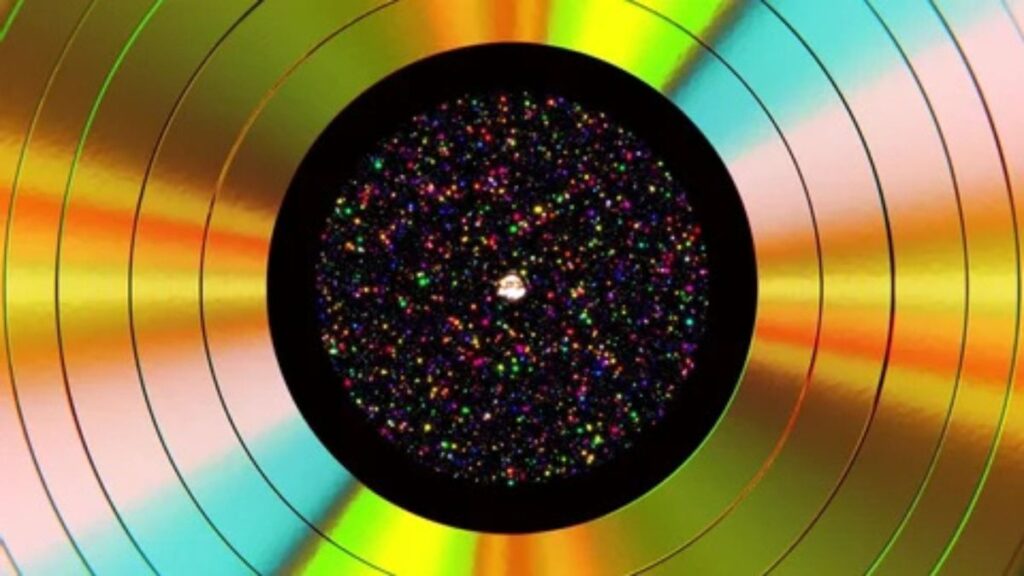Introduction: More Than Just Grooves in Wax
Vinyl records are not dead—they’re resurrected, remixed, and revered more than ever. As analog becomes the new luxury and crate-diggers rise as cultural curators, one industry quietly regains its luster: vinyl record appraisals.
What once was the territory of dusty backroom dealers and garage sale sleuths is now a field driven by data, rarity, condition, provenance—and yes, sometimes sheer nostalgia. In this longform deep dive, we unpack the craft, the chaos, and the cold-hard cash behind vinyl record appraisals. Whether you’re sitting on a goldmine of 45s or eyeing the back wall of your local record shop, understanding how vinyl gets valued is key to navigating this vintage vinyl vortex.
Chapter One: Vinyl’s Vintage Comeback
To understand the importance of vinyl record appraisals, we first need to understand the boom.
According to the Recording Industry Association of America (RIAA), vinyl sales surpassed CD sales for the first time in decades by 2020. That’s not just a retro kink—it’s a cultural renaissance. From Billie Eilish’s glow-in-the-dark variants to Japanese pressings of Pink Floyd albums selling for hundreds, vinyl is no longer niche.
Why the resurgence? It’s tactile. It’s beautiful. It sounds warm. It’s storytelling in 12-inch sleeves. And it’s collectible.
And when something becomes collectible, it also becomes valuable. That’s where vinyl record appraisals come in—not just to assign numbers, but to unearth stories, context, and hidden treasure.
Chapter Two: What Is a Vinyl Record Appraisal, Really?
At its core, a vinyl record appraisal is the process of determining a record’s market value. But let’s not reduce it to a spreadsheet or eBay search.
A proper vinyl record appraisal involves:
-
Identification (pressing, label, matrix numbers)
-
Condition grading (vinyl, sleeve, inserts)
-
Historical relevance
-
Market demand
-
Authenticity and rarity
Appraisals may be done for insurance purposes, estate settlements, sales, donations, or pure curiosity. For collectors, it’s also about peace of mind: knowing that the $2 box set you bought from a flea market could be a $2,000 holy grail.
Professional appraisers use a blend of experience, auction results, catalogs, online marketplaces (like Discogs, Popsike), and insider knowledge of pressing quirks. But more than that, they use instinct—the same gut that senses value in a first press of The Velvet Underground & Nico with a peeled banana on the cover.
Chapter Three: Condition Is King (and Queen)
Let’s be clear: vinyl record appraisals live and die by condition.
A sealed copy of Nirvana’s Bleach on Sub Pop can be a crown jewel. A scratched, warped one? Not so much. Most appraisers use the Goldmine Grading Standard:
-
Mint (M) – Sealed, untouched, flawless.
-
Near Mint (NM or M-) – Played once or twice, no visible wear.
-
Very Good Plus (VG+) – Minor scuffs, still excellent sound.
-
Very Good (VG) – Noticeable wear, light surface noise.
-
Good (G) – Heavily used, still playable.
-
Poor (P) – Wall art. Maybe.
The distinction between VG+ and NM can mean a price drop from $200 to $50. That’s not opinion—it’s valuation science.
Bonus points for inserts, posters, stickers, and original hype labels. These elements elevate both emotional and financial value. For example, The Beatles’ White Album with original numbered serials and all four glossy portraits? A dealer’s dream.
Chapter Four: Rarity vs Demand – The Tug of War
Not every old record is valuable. Age ≠ rarity, and rarity ≠ demand. This is where amateur appraisals fall apart.
A 1973 pressing of The Eagles debut album? Common. Worth maybe $10.
A mono UK first pressing of Please Please Me by The Beatles with the gold Parlophone label? Worth thousands.
Here’s the balance:
-
Rarity comes from limited pressings, withdrawn issues, bootlegs, or regional exclusives.
-
Demand stems from artist fame, genre resurgence, or current cultural buzz.
In some cases, mass-pressed records gain value because of unique defects or historical events. Take the 1966 Yesterday and Today “Butcher Cover” from The Beatles, pulled from shelves shortly after release—its controversy birthed value.
A skilled vinyl record appraisal considers both: is it hard to find, and do people want to find it?
Chapter Five: Where the Money Is—Genres and Hidden Gems
Certain genres yield higher returns. In today’s marketplace:
-
Jazz – Blue Note first pressings (especially with deep groove labels) are catnip for collectors.
-
Punk – Early Misfits or Minor Threat records, even in rough shape, fetch $$$.
-
Prog Rock – Think King Crimson, Genesis, obscure European bands.
-
Hip-Hop – Original 12″ singles from the 80s and 90s can skyrocket.
-
Reggae/Dub – Studio One and Trojan Records pressings are underground gold.
And don’t overlook:
-
Private pressings – Strange records from unknown artists with tiny press runs.
-
International editions – Japanese and German pressings are often audiophile-grade.
-
Colored or splatter vinyls – Limited runs made for collectors.
Every appraiser has a story: the guy who found a $4,000 acetate at a yard sale. The woman who inherited a reggae collection now worth six figures. These stories all started with a vinyl record appraisal.
Chapter Six: The Tools of the Trade
If you’re getting into the appraisal game, you’ll need:
-
Discogs – The definitive online database and marketplace.
-
Popsike – Aggregates eBay sales for past vinyl auctions.
-
Goldmine’s Price Guide – Still a must-have for many collectors.
-
45cat / RateYourMusic / MusicStack – For obscure titles and pressings.
But even more important? A magnifying glass, LED lighting, and a quiet environment for playback testing. Grading is detail work. You’re not just listening—you’re detecting.
Appraisers must also understand pressing indicators: matrix runouts, labels, catalog numbers. A first pressing of Pink Floyd’s Dark Side of the Moon on Harvest with the solid blue triangle label is wildly more valuable than later reissues.
Chapter Seven: The Human Element
Vinyl isn’t just wax. It’s emotion. Appraising a record collection is often a personal affair. It might be a daughter valuing her late father’s jazz collection. Or a seller deciding to part with the soundtrack of their youth.
A good vinyl record appraisal balances objectivity with empathy. You don’t just say, “This is worth $15.” You say, “This pressing is from the original release batch, which makes it collectible. Condition-wise, it’s VG+, which still has solid value.”
Some records may be emotionally priceless even if the market disagrees. That’s part of the human twist no algorithm can replace.
Chapter Eight: Getting a Professional Vinyl Record Appraisal
If you think you’re sitting on something special, here’s what to do:
-
Document Everything: Take detailed photos (labels, sleeves, any marks).
-
Make a List: Catalog artist, title, label, catalog number, and condition.
-
Reach Out: Contact a certified appraiser or reputable vinyl dealer.
-
Avoid Scammers: Don’t sell to the first person who offers cash in hand—many will lowball.
-
Insurance or Sales?: Clarify your purpose. If it’s for insurance, you’ll want a certified document. If it’s to sell, ask for fair market valuation.
Many appraisers now offer remote evaluations via photos and catalog lists, while larger collections may warrant in-person inspection.
Chapter Nine: Digital Disruption and the Future of Vinyl Appraisals
With AI, blockchain, and digital marketplaces rising, the vinyl record appraisal game is evolving.
Some startups are exploring NFT-backed vinyl ownership. Others are integrating machine learning to predict price trends based on metadata and historical auction data. Imagine a world where scanning your record’s barcode gives you instant appraisal value, linked to real-time sales.
But even with tech, human appraisers still reign supreme. Why? Because vinyl is analog. It’s imperfect. It’s art. And art demands interpretation.
Conclusion: The Value Behind the Vinyl
A vinyl record is not just music—it’s a time capsule, a collectible, a cultural artifact. And a proper vinyl record appraisal is more than a number on a spreadsheet. It’s a blend of expertise, history, emotion, and curiosity.
So whether you’re building your collection, cashing in, or simply preserving a piece of history, remember: every record has a story, and some stories spin gold.





